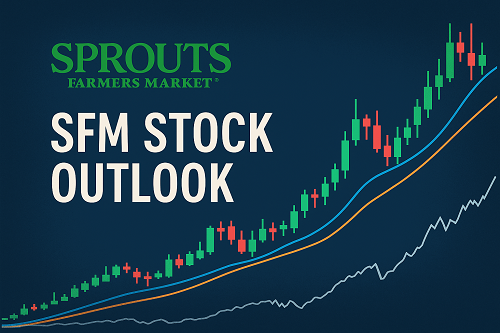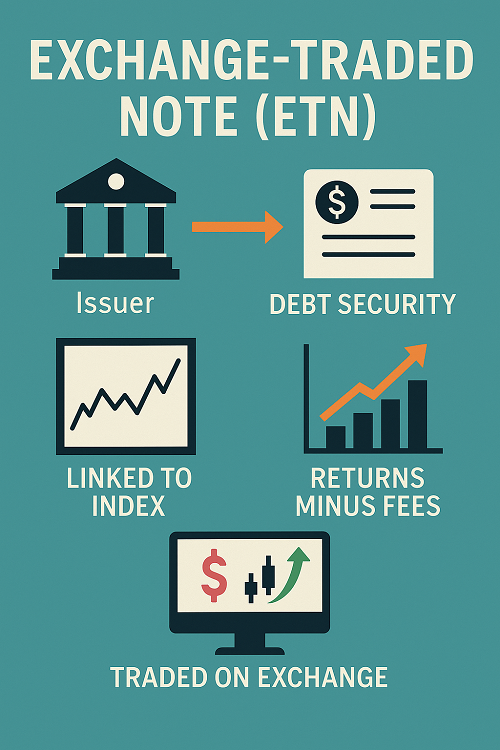What Is Day Trading?
Day trading is the buying and selling of financial assets within the same trading day. A day trader closes all positions by market close to avoid overnight exposure. This style of trading focuses on exploiting short-term volatility, typically using leverage, technical analysis, and high-probability setups.
Day trading is commonly associated with stocks, but it is equally popular in:
- Forex
- Cryptocurrency
- Futures
- Options
- CFDs (Contracts for Difference)
How Day Trading Works
Day traders operate in fast-moving markets where profits come from:
- Price fluctuations
- Trading volume
- Market inefficiencies
- News-driven moves
- Liquidity imbalances
Most day traders rely on technical analysis, using chart patterns, price action, and indicators. Many also trade around economic releases or major catalysts (earnings, CPI, FOMC decisions, crypto ecosystem updates, etc.).
Typical Day Trader Workflow
- Pre-market analysis
- Identify watchlist and key levels
- Execute trades following strict rules
- Manage risk via stop-losses
- Close all positions before the day ends
- Journal trades and review performance
Types of Day Traders
1. Retail Day Traders
Independent individuals trading from home using brokerage platforms.
2. Institutional Day Traders
Professionals working for banks, hedge funds, and proprietary trading firms.
3. Algorithmic Traders
Use automated trading systems, high-frequency models, or AI-driven strategies.
4. Prop Firm Traders
Trade firm capital with profit-sharing payouts, often following firm-provided strategies.
Markets Suitable for Day Trading
Stocks
Highly regulated, high liquidity, strong price volatility. Ideal for patterns and catalysts.
Forex
Largest market worldwide; trades 24 hours; tight spreads; excellent for trend/counter-trend strategies.
Crypto
Highly volatile with 24/7 markets. Attractive for technical traders and scalpers.
Futures
Popular due to leverage, tax advantages (in some countries), and around-the-clock liquidity.
Options
Complex but flexible—allow traders to benefit from direction, volatility, or time decay.
Core Day Trading Strategies (With Examples)
1. Scalping
Ultra-short-term trades capturing small price movements in seconds or minutes.
Best for: Forex, crypto, liquid equities
Requires: Fast execution & low spreads
2. Momentum Trading
Trade assets making strong moves, usually due to news or unusual volume.
Key signals:
- Breakouts
- High relative volume
- Trend continuation
3. Breakout Trading
Enter when price breaks a key support/resistance level.
Confirmation tools:
- Volume spikes
- Price acceleration
- Retest of breakout level
4. Reversal Trading
Betting on price exhaustion and a reversal of trend.
Indicators used:
- RSI divergence
- Candlestick reversal patterns
- VWAP reversion
5. VWAP Strategy
VWAP (Volume-Weighted Average Price) is essential for institutional trading behavior.
Concept:
If price is above VWAP → bullish bias
If below VWAP → bearish bias
6. News Trading
Trade around scheduled announcements:
- Non-Farm Payrolls
- FOMC meetings
- CPI data
- Earnings reports
- Crypto ecosystem updates
High risk, high reward.
Technical Indicators Every Day Trader Should Know
Moving Averages (EMA/SMA)
Identify trends and dynamic support/resistance.
Bollinger Bands
Measure volatility and breakout opportunities.
Relative Strength Index (RSI)
Identifies overbought/oversold conditions.
MACD
Catches momentum shifts and trend changes.
VWAP
Institutional benchmark for intraday mean reversion.
Tools & Technology for Day Traders
Trading Platforms
- MetaTrader 4/5
- TradingView
- thinkorswim
- NinjaTrader
- Bybit/OKX/Binance (for crypto)
Essential Tools
- Level 2 data
- Order flow analysis
- Market scanner (Unusual volume, Gainers/Losers)
- Economic calendar
- News feeds (Benzinga, Bloomberg, FXStreet)
Order Types Explained
Market Order
Instant execution at current price.
Limit Order
Execution at desired price or better.
Stop-Loss Order
Prevents large losses; essential for every trade.
Take-Profit Order
Automatically locks in gains.
Trailing Stop
Adjusts with price movement to secure profits.
Day Trading Risk Management Framework
Trading without risk management is equivalent to gambling.
Golden Rules
- Risk 1% or less of capital per trade
- Always use stop-losses
- Aim for a Risk-to-Reward ratio ≥ 1:2
- Limit daily drawdowns (e.g., 3–5%)
- Avoid revenge trading
Position Sizing Formula
Position Size = (Account Risk $) / (Stop Loss Distance)
Trading Psychology
The mental part of trading determines long-term success.
Common Psychological Challenges
- Fear of missing out (FOMO)
- Impulse entries
- Overtrading
- Revenge trading
- Confirmation bias
- Loss aversion
How to Improve Trading Psychology
- Develop a rule-based strategy
- Journal every trade
- Perform a weekly review
- Use checklists before entering trades
- Meditate or apply mindset training techniques
How to Build a Day Trading Plan (Professional Template)
Your plan should include:
1. Market(s) to trade
e.g., NASDAQ stocks, EUR/USD, BTC futures
2. Entry Criteria
Indicators, patterns, volume requirements
3. Exit Rules
Take-profit, stop-loss, partials, time-based exits
4. Risk Parameters
Max daily loss, max trade size, max open positions
5. Trading Hours
e.g., US market open, London session, Asian session
6. Review Process
Daily/weekly breakdowns, screenshots, journals
Leverage & Margin
What Is Leverage?
Using borrowed capital to amplify trading results.
Benefits
- Higher returns
- Lower capital requirement
Risks
- Amplified losses
- Margin calls
- Increased psychological pressure
Taxes & Legal Considerations
Day trading taxation varies by jurisdiction. Key considerations:
1. Short-term capital gains
Usually taxed at higher rates.
2. Wash-trading rules
Affect traders in many countries.
3. Record-keeping
Keep detailed logs of:
- Entry/Exit
- Fees
- Profit/Loss
- Trade rationale
4. Regulatory Definitions
Some countries classify “pattern day traders” and impose minimum capital requirements.
Advantages of Day Trading
- No overnight risk
- Many trading opportunities
- Potential for daily income
- Liquidity allows rapid entry/exit
- Flexible schedule (especially in Forex/Crypto)
Disadvantages
- High stress
- Requires fast decision-making
- Significant learning curve
- High potential for losses
- Requires disciplined execution
Beginner Mistakes to Avoid
- Trading without a plan
- Oversizing positions
- Ignoring risk management
- Trading too many markets
- Relying solely on indicators
- Not journaling trades
Frequently Asked Questions
Is day trading profitable?
Yes—for disciplined traders with a tested strategy, but most beginners lose money due to poor risk management or lack of experience.
How much money do I need to start?
Depends on the market:
- Stocks may require $25,000 (PDT Rule in the U.S.)
- Forex & crypto allow traders to start with much less
Is day trading risky?
Extremely. Proper education and risk management are essential.
Final Thoughts
Day trading in 2025 offers massive potential, but only with the right strategy, tools, psychological framework, and risk management. This guide gives you a complete professional foundation, whether you trade stocks, forex, crypto, futures, or options.





 XAUT-USD
XAUT-USD  AMD
AMD  MARA
MARA  SHOP
SHOP  BULL
BULL  CL=F
CL=F